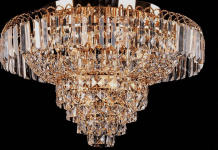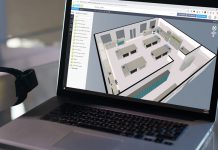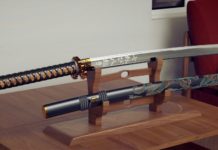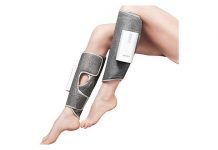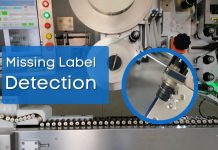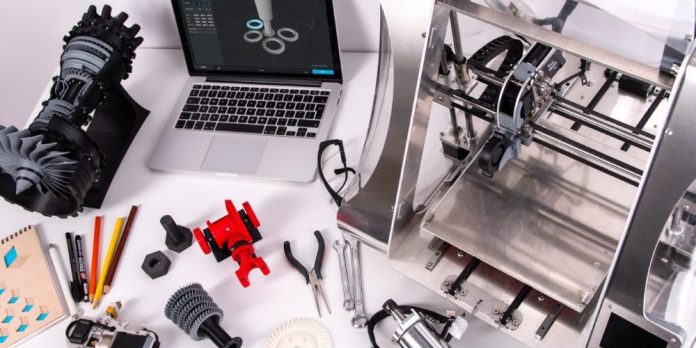3D printing, also known as additive manufacturing, is a technology used in product development processes to deliver improved productivity and reliability. Businesses opt for these enabling professional-grade 3D printers to create three-dimensional parts of various objects both on a low scale and for industrial purposes. The traditional product development methods would take several days or even weeks to build parts of objects, but 3D printing brought reliable solutions.
Since introducing 3D printing technology, a range of advancements have been put in place, offering accelerated innovation and support in various manufacturing projects. Before investing in3D printing services, there is a need to understand every aspect, especially the technologies incorporated in the 3D printers that serve specific purposes. Here are the common 3D printing technologies that you should know.
Fused deposition Modeling
Fused deposition modeling is also known as fused filament fabrication and is a technology that uses the material extrusion method for printing. Most manufacturing processes apply fused deposition technology because it is inexpensive. This technology is mainly applied for electrical housing, investment casting patterns, form and fit testing, as well as jigs and fixtures. The primary advantage of this D printing technology is that it offers the best surface finish, and it consists of multiple materials for its use.
Material jetting
Material jetting is a 3D printing technology that uses photopolymer resin, and it functions more likely like an inkjet printer, but it prints multiple layers instead of a single layer. Material jetting differs from other technologies because it uses UV light instead of a deposit, sinter, or cure build material. The significant advantage of material jetting is that it can fabricate products in a single line without compromising the build speed. It can also print and produce parts of an object in a faster manner as compared to other printing technologies, provided that the models are arranged correctly.
Sand binder jetting
This is a 3D printing technology that uses a binder jetting process and is similar to selective laser sintering technology because it requires an initial layer of powder such as sand or silica on the build surface. The difference with SLS is that sand binder jetting produces layers of objects by moving the print head over the depositing surface instead of using the laser to sinter the powder. The benefit of sand binder jetting is that it is an affordable technology that can be used to produce parts of objects.
Digital light processing
Digital light processing is a 3D printing technology that works more like the SLA machine, but the difference is that it uses a digital light projector and can flash a single and multiple parts of an object. This technology tends to be quicker when it comes to printing and is applicable for building injection mold-type prototypes, dental applications, jewelry, and hearing aid equipment.
Drop on demand
This type of printing technology appears to use the technique used in the material jetting process, and it uses inkjets in the printing process. It is applicable mainly in the development of full-color prototypes, medical models, and low-run injections molds. It provides the best surface finish and can use multiple materials as well as full color.



